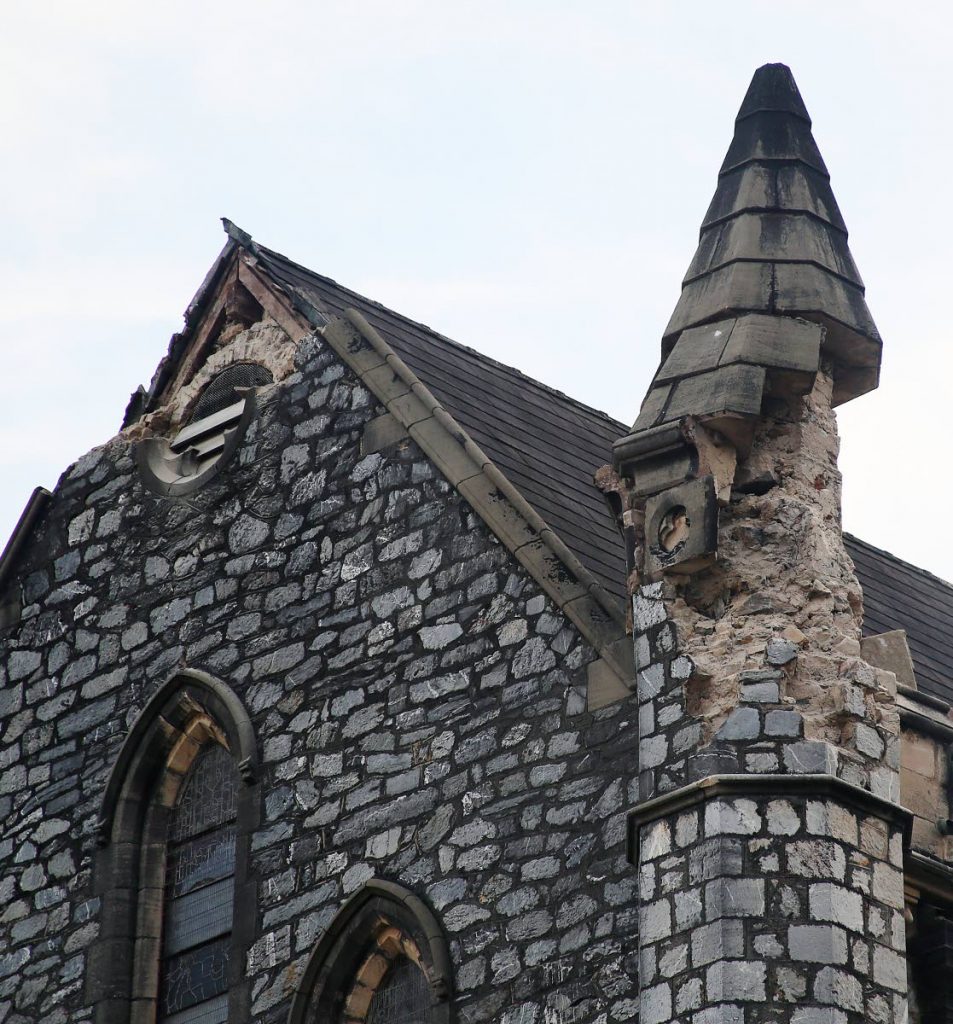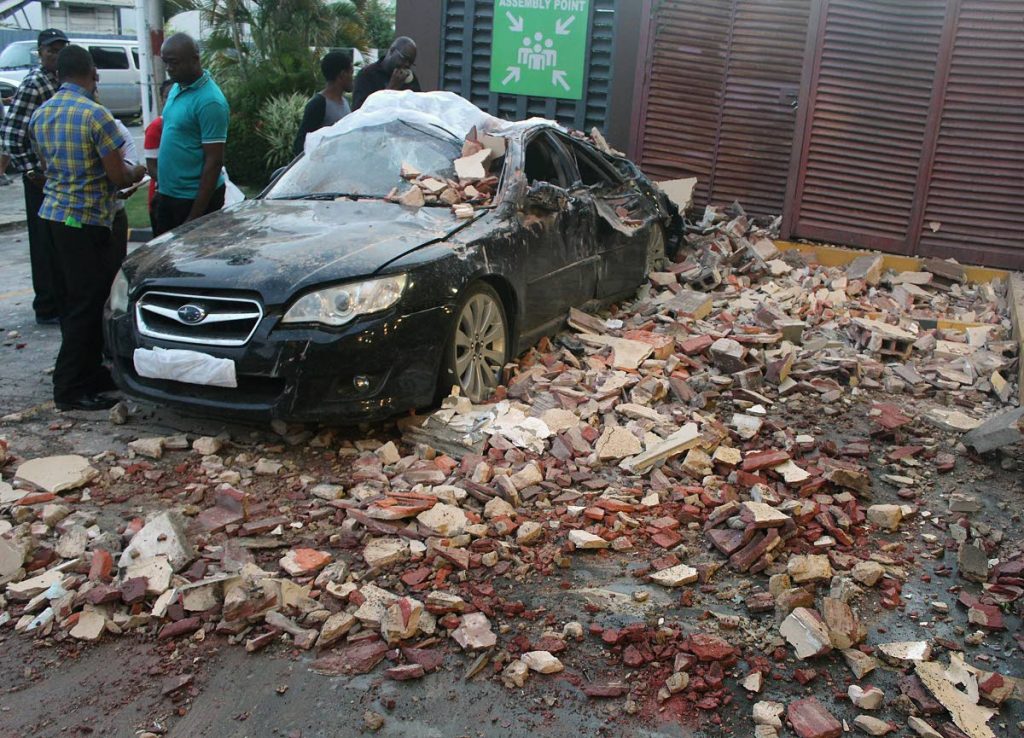UWI Seismic Centre holds open day

The UWI Seismic Research Centre (SRC) is hosting an open house today at Gordon Street, St Augustine as part of an awareness session after the 6.9 magnitude earthquake on the date last year.
The event is open to the public and will include tours, displays and hands-on interactive experiences for participants, led by various seismologists at the university. The open day runs from 10 am-4 pm.
The earthquake took place around 5.30 pm on August 21 last year and lasted for about two minutes.
Earthquakes of similar magnitude have been experienced over the years. In 1766 a 7.9 earthquake destroyed Trinidad’s then capital, San Jose.
Fast-forward to 1954: a 6.5 earthquake left one person dead, and in 2006 there was a 5.8 magnitude quake left three people injured.
The effects of last year’s earthquake were felt in neighbouring countries such as Grenada, St Lucia, St Vincent and the Grenadines, Guyana and Venezuela.
In Port of Spain, people feared for themselves and loved ones. There were similar reports in other parts of the country. Luckily there were no serious injuries or fatalities, but infrastructural damage was recorded throughout the country.
Telephone networks and power lines were reported as having been downed.
It even prompted the Seismic Research Centre to issue a tsunami alert, which was later lifted. After the main earthquake, TT experienced numerous minor quakes.
Engineering seismologist at UWI Dr Ilias Papadopoulos said, “Prediction of earthquakes is not possible, due to the many factors that play a role in the occurrence of the events and our own lack of knowledge of the complete system that is causing them.
“Mathematically speaking, we can forecast in a very vague, timely and
spatially accurate
manner what we expect, using statistics and historical seismicity.”
He added, “TT is affected by the El Pilar fault that crosses the Venezuelan Paria Peninsula and the Gulf, and its extension formed the north mountain range in Trinidad.
“It is also an active fault that gives many and sizeable earthquakes constantly.”
The seismic centre’s open day, he said, is “A good opportunity for citizens to see how we operate from within, meet with us, solve questions they always have and become more familiar with our science. A year after the magnitude 6.9 is a good time to do so.”
Earthquakes can be very destructive. Last year there was drastic structural damage to Sails restaurant in Chaguaramas and the Holy Trinity Cathedral in Port of Spain.
A Newsday story of August 23, 2018, reported that TT does not have any legally enforceable building codes. A year later, is TT any more ready to deal with the devastation that a massive earthquake could bring?

Papadopoulos said, “Earthquakes are most destructive when they are shallow and close to densely populated areas. It is a complex equation that involves magnitude, depth, distance and quality of building stock.”
Well-constructed buildings, he said, “Suffered no or minor damage, while those of poor construction had some more severe effects. Overall TT was lucky that the earthquake was deep and very far away.”
He noted that for years the SRC has been asking for a law to establish a uniform code for all buildings in the country.
“The engineers do their best to build earthquake-resilient constructions, but a walk around can provide enough evidence that citizens don’t always follow the proper protocol,” he said.
Building codes address concerns for residential and commercial construction and would regulate the informal construction sector.
Joint Consultative Council president Fazil Khan said, “The concern is with the residential codes rather than with the commercial codes. Public buildings are supposed to be designed to code.”
“The building codes as outlined by the TT Bureau of Standards (TTBS) are used as guidelines. The commercial buildings are constructed and approved by the responsible ministry.”
Apart from having these mechanisms in place to mitigate against natural disasters, Papadopoulos, said, “Personal awareness and preparing yourself is important.
“Have an evacuation plan in place for family/business, prepare for the aftershocks, follow instructions from authorities and in general be ready. This can help a lot.”
“Earthquakes pose physical, environmental, social and economic effects on a society. Ensuring that measures are in place to cope with these can assist in the long run.”
It is always important to have an earthquake readiness plan. If you are indoors, stay indoors and if you are outdoor stay outdoors.


Comments
"UWI Seismic Centre holds open day"